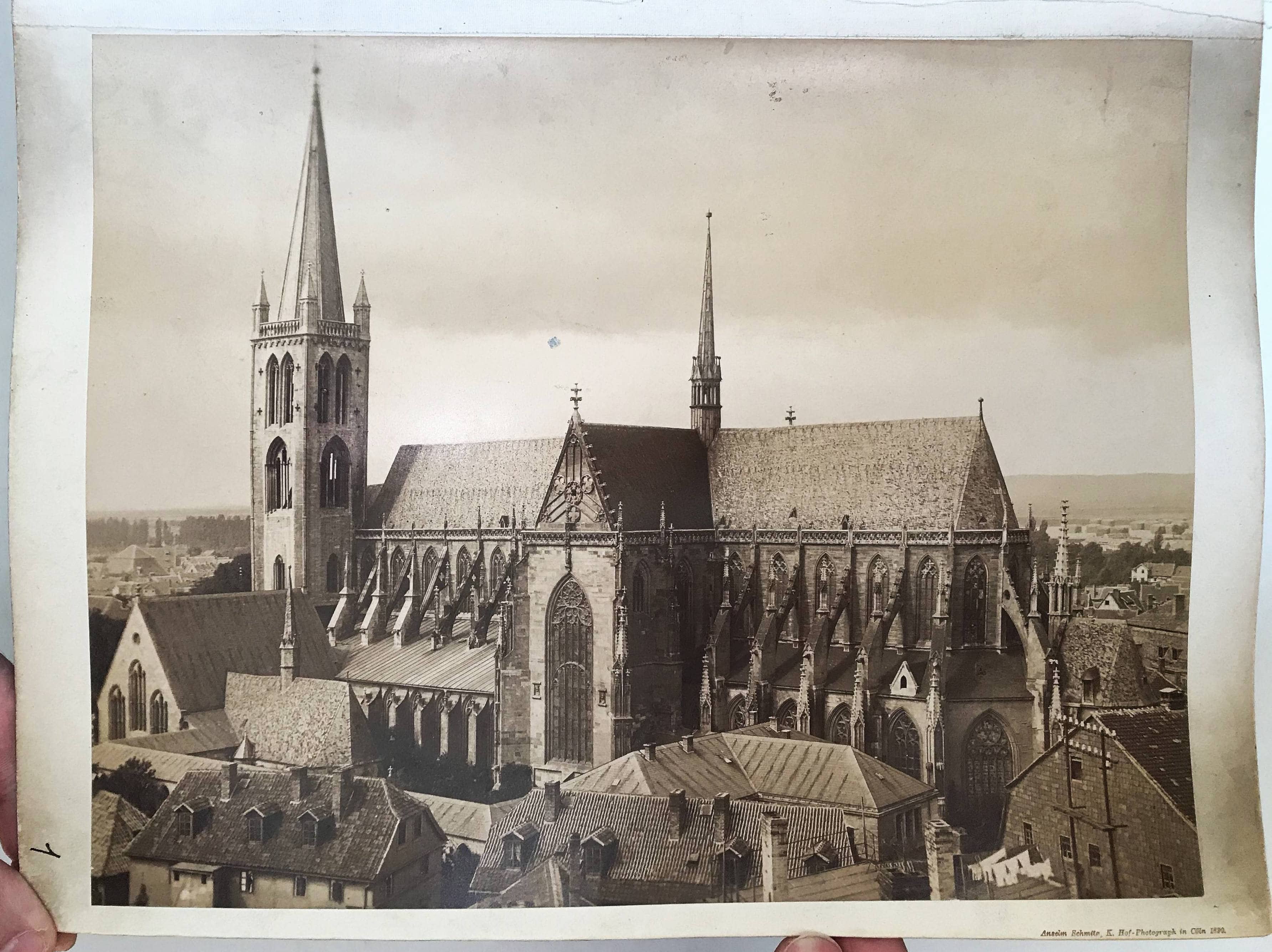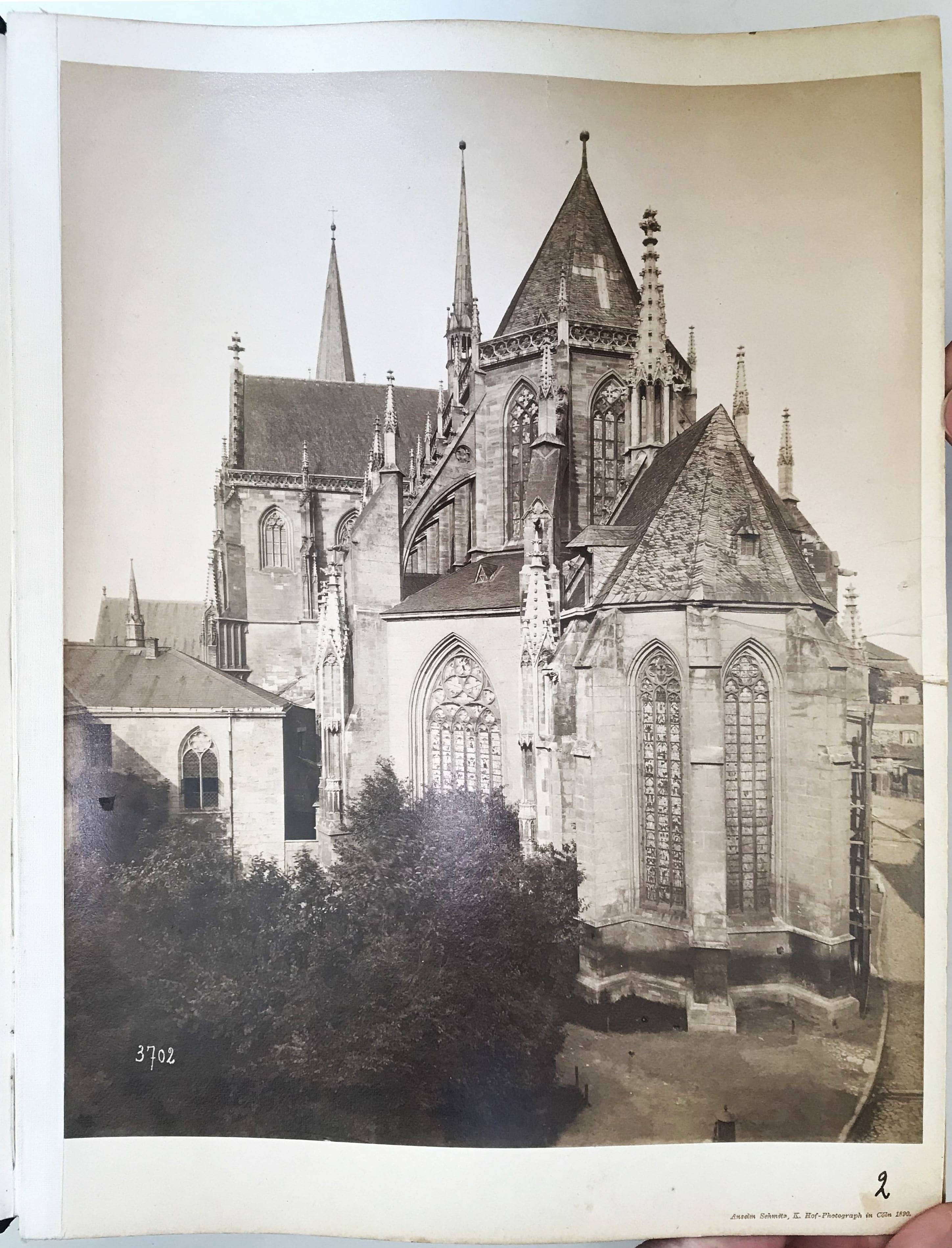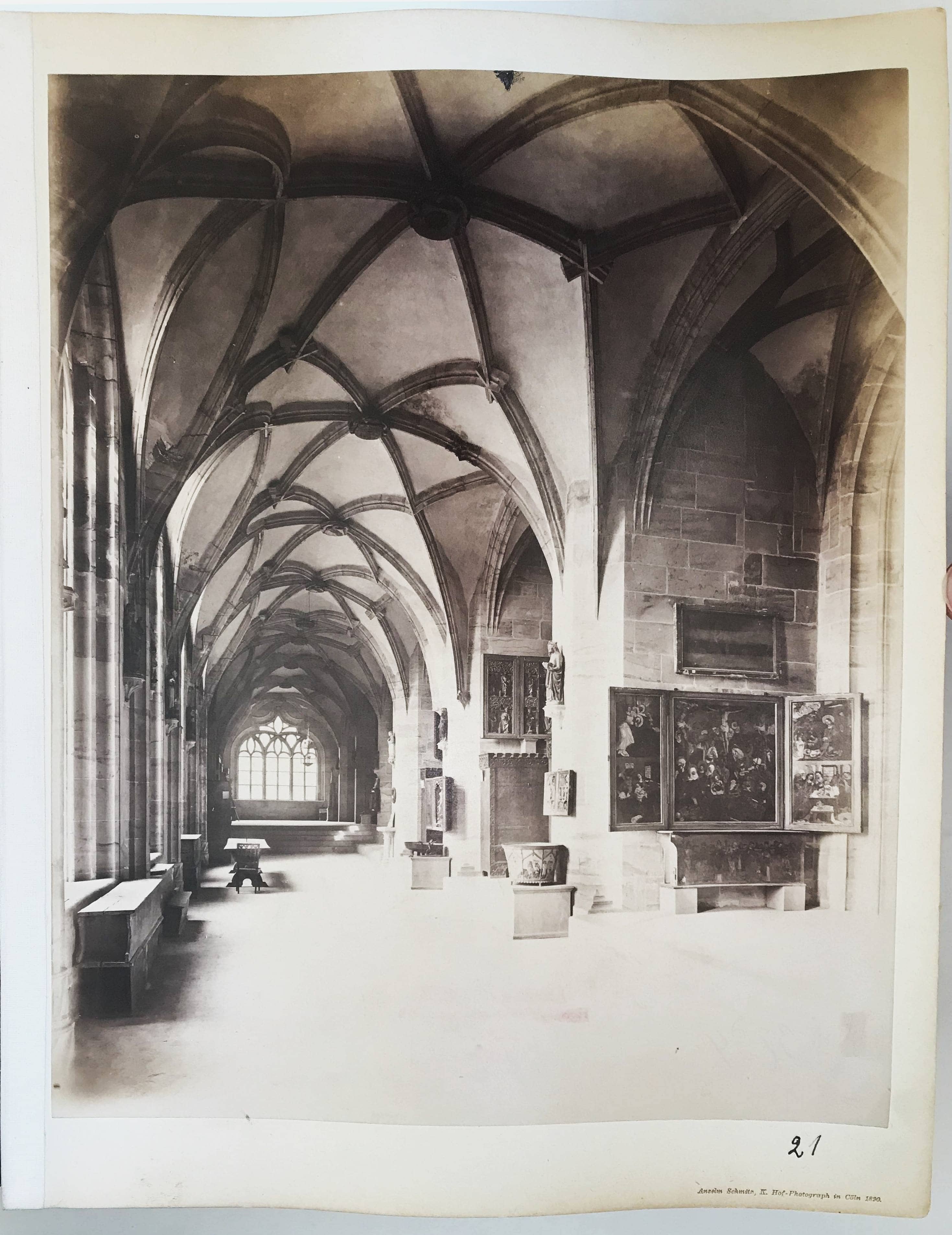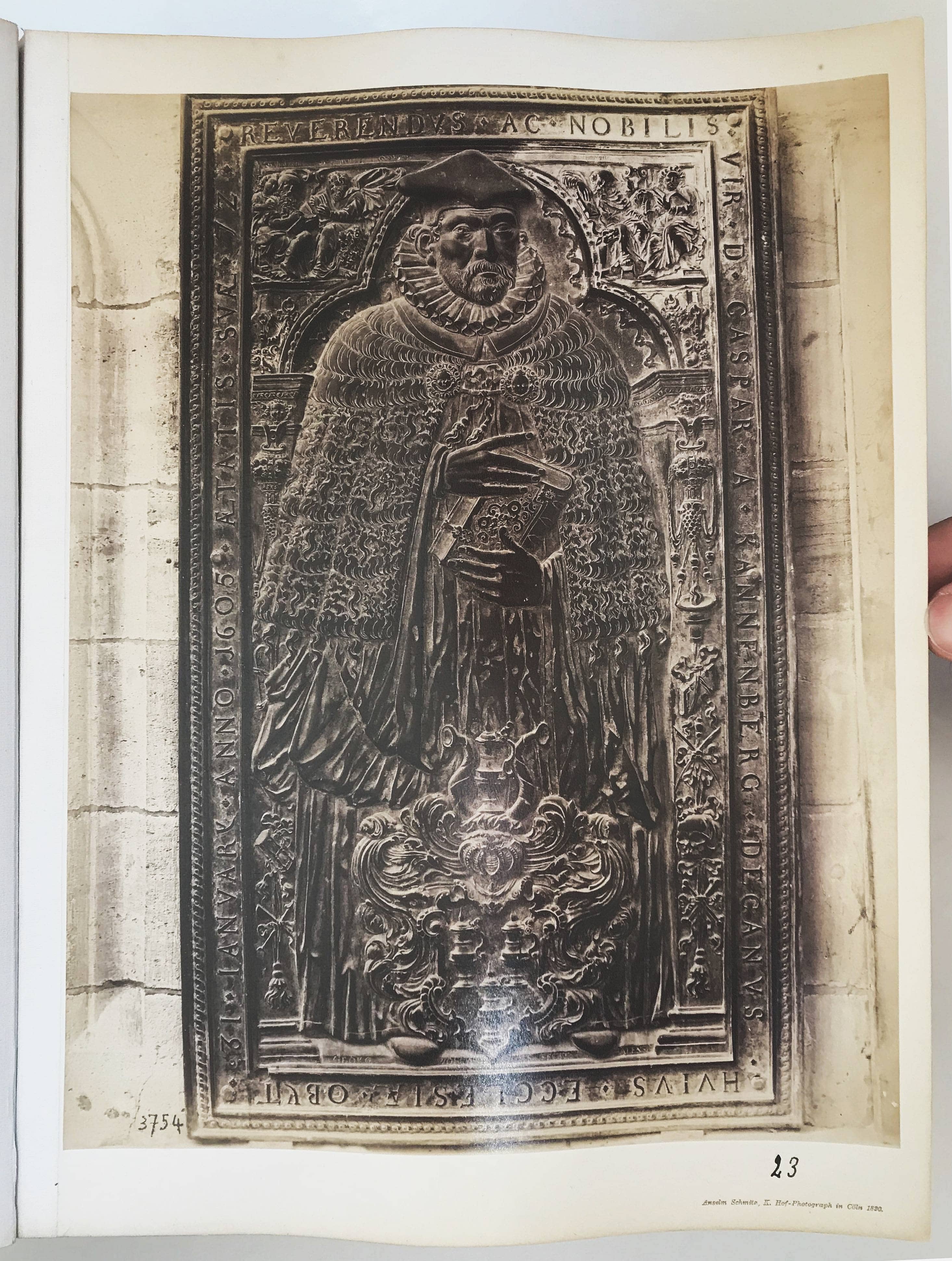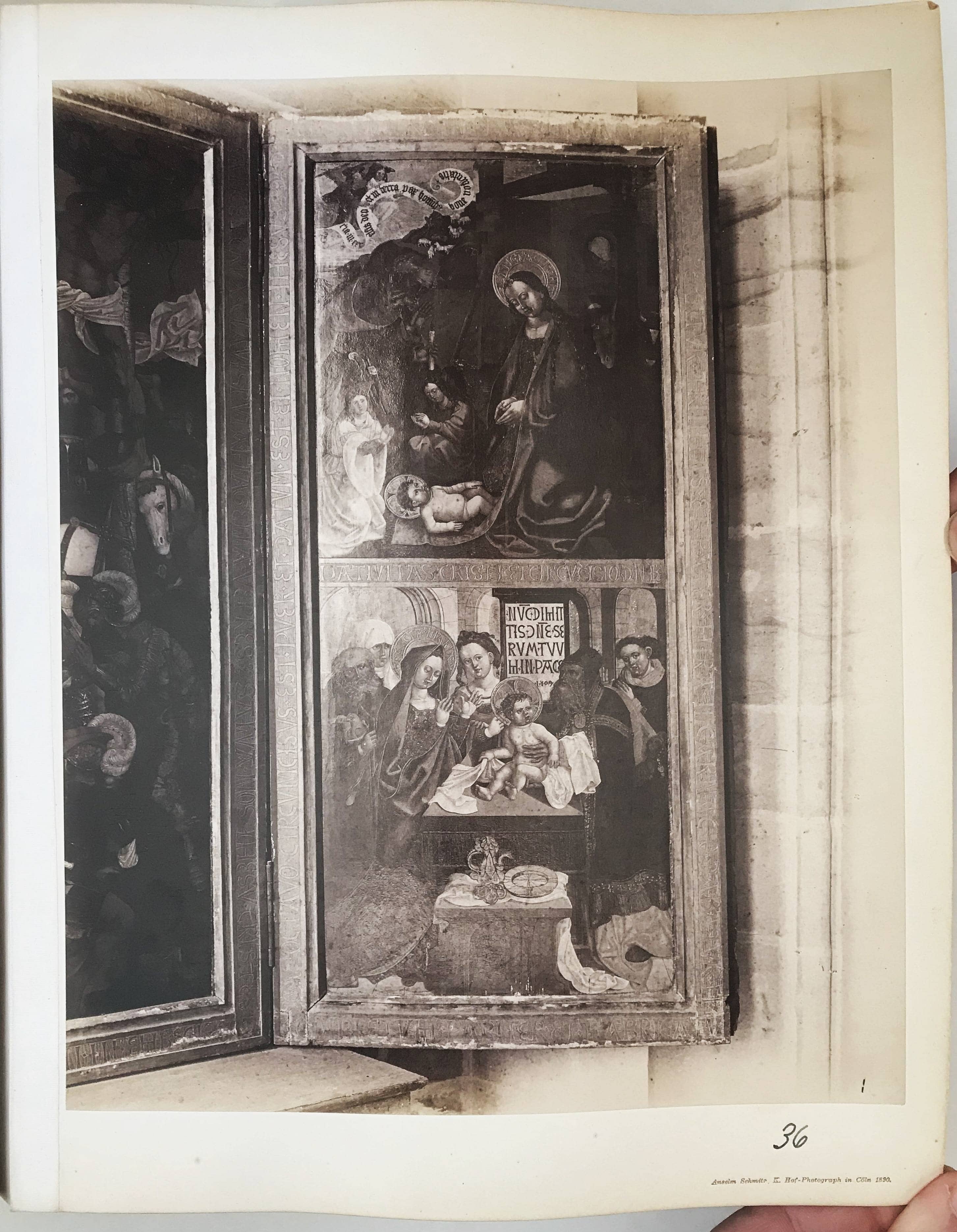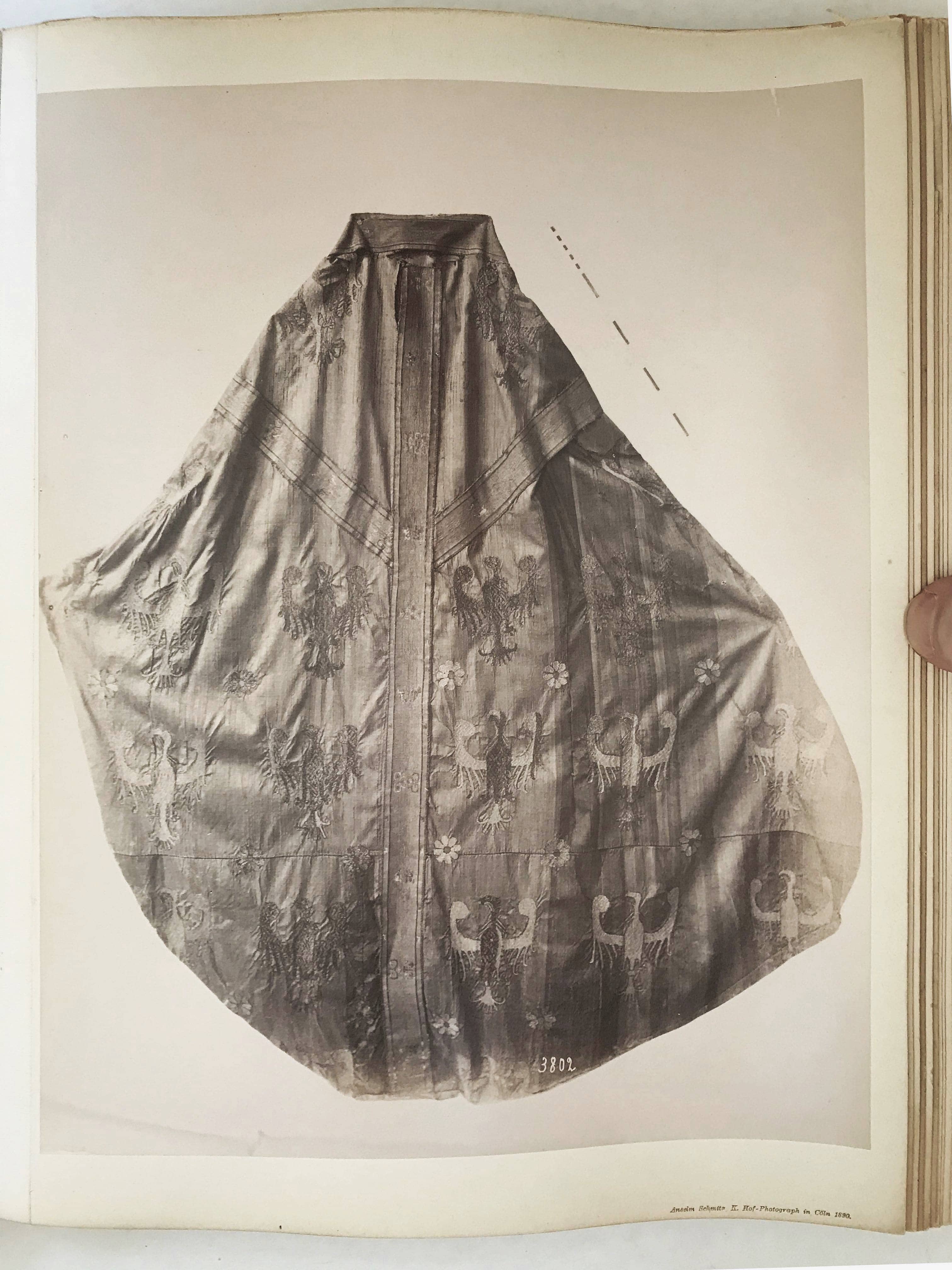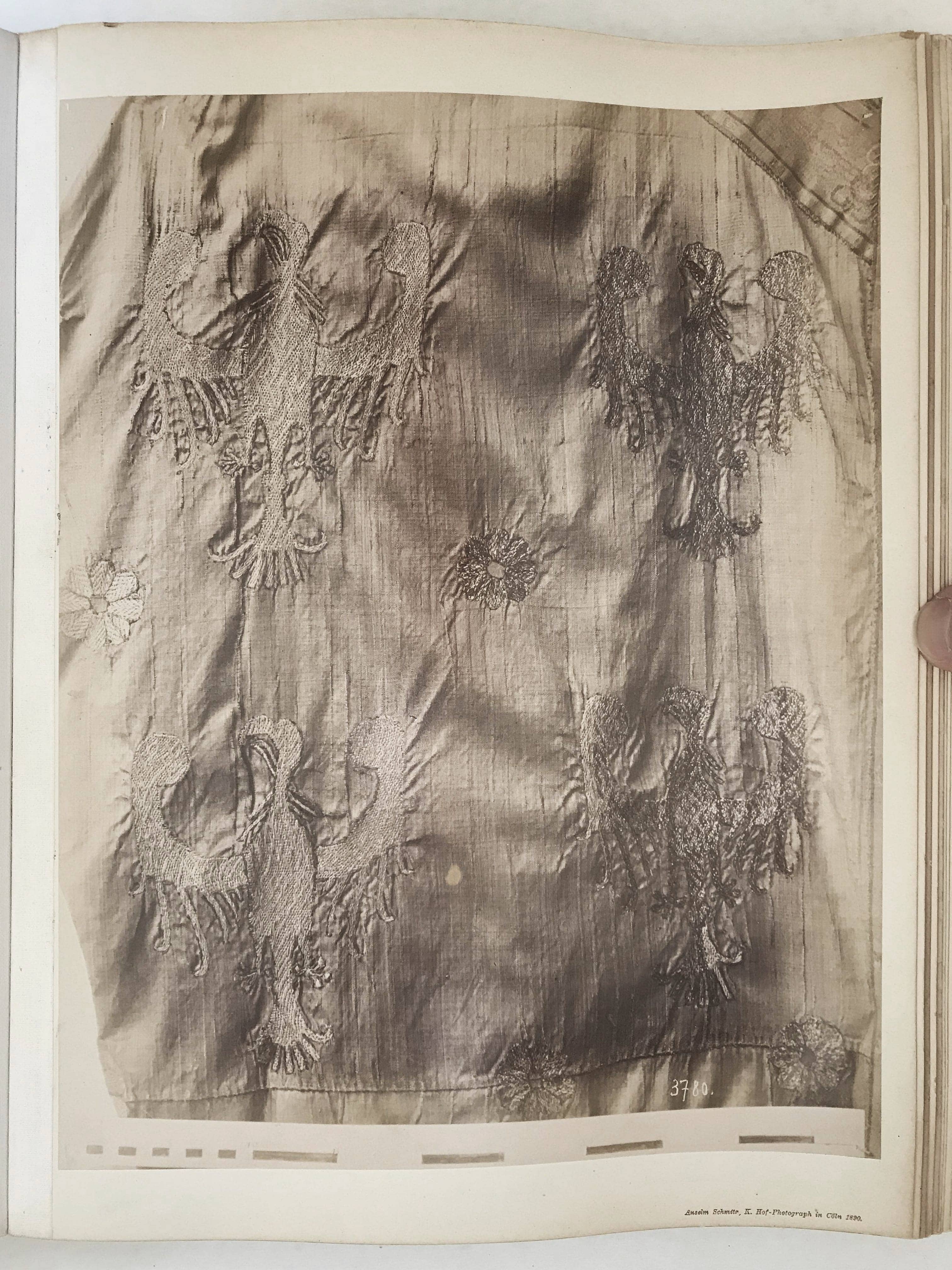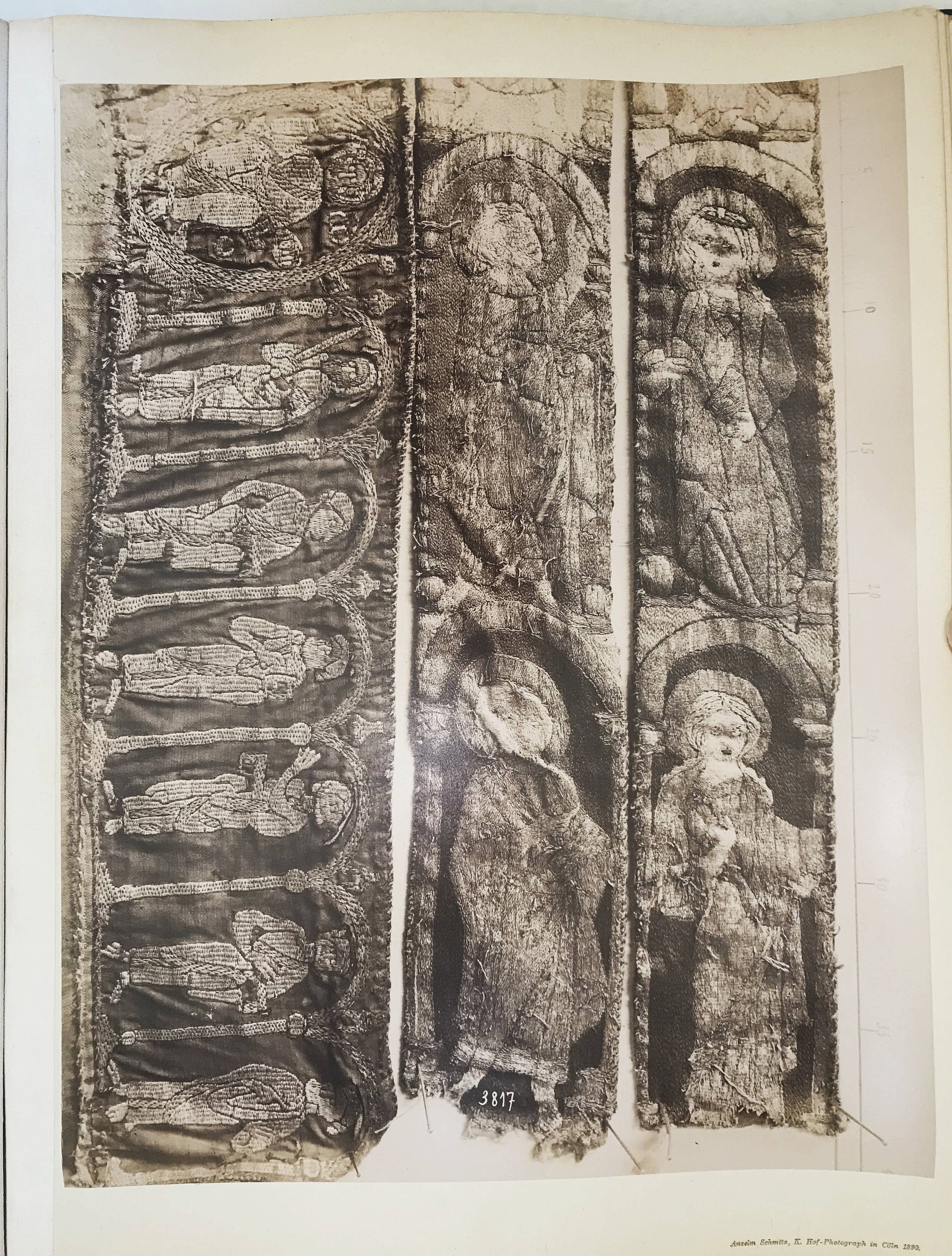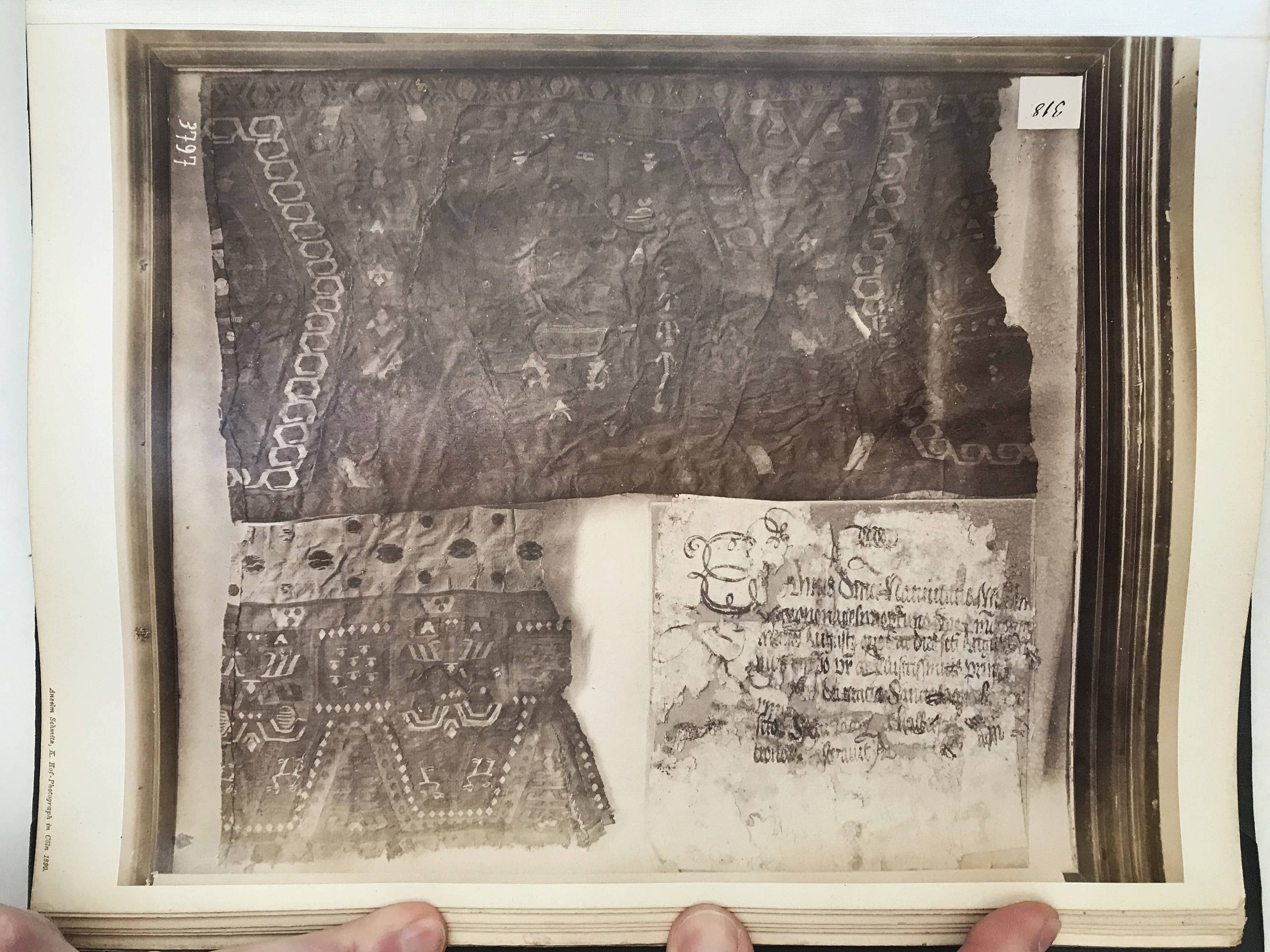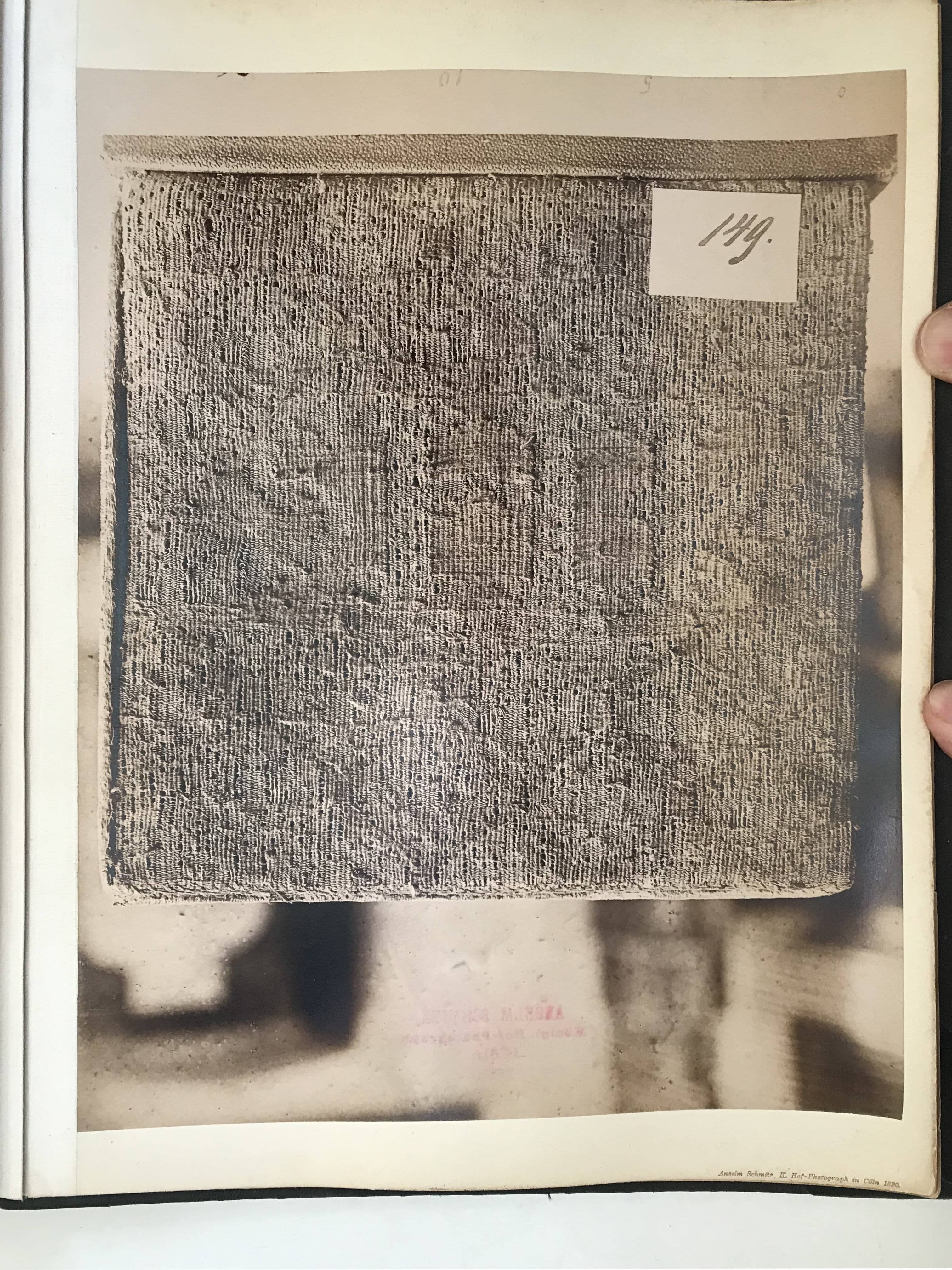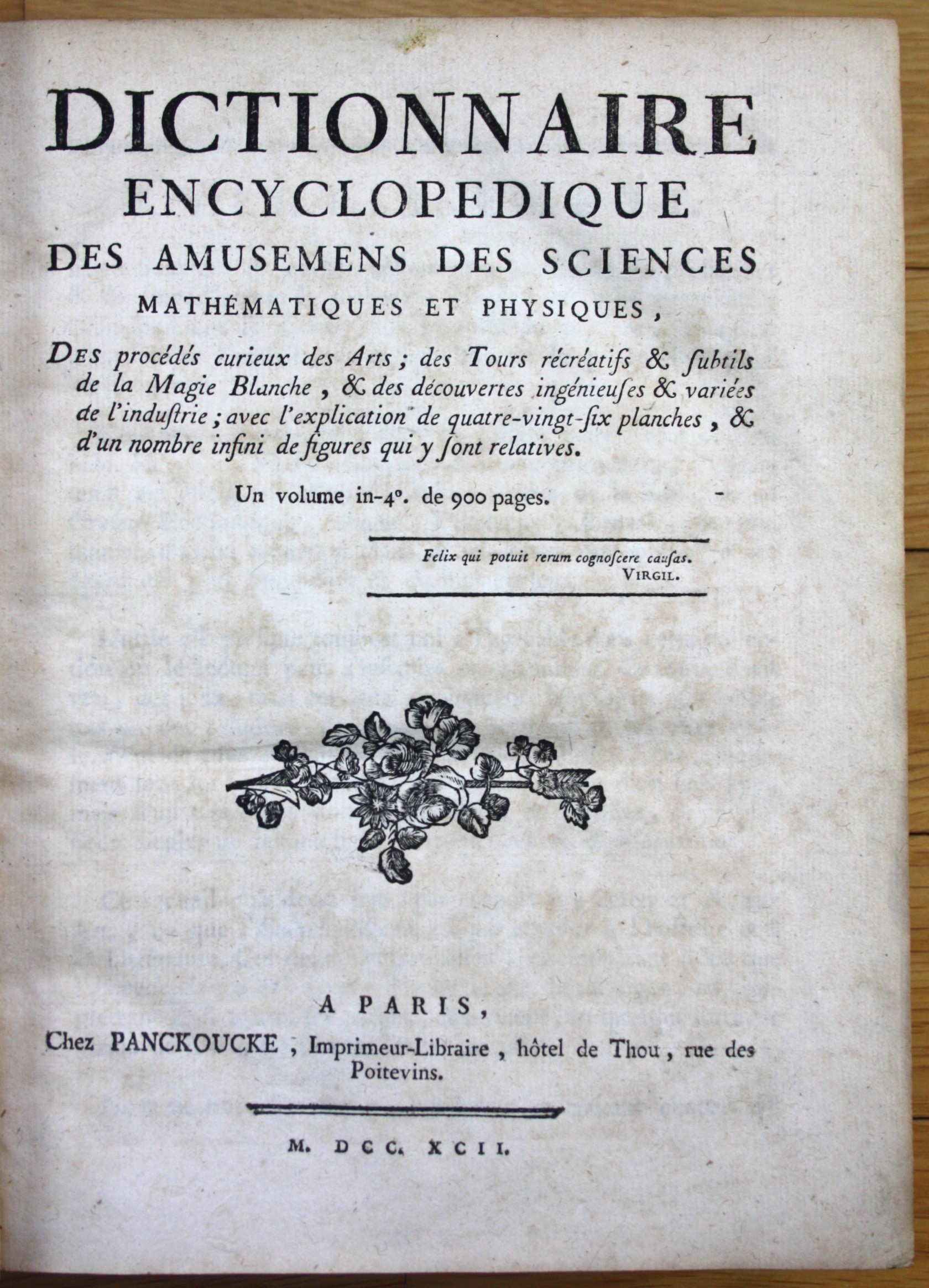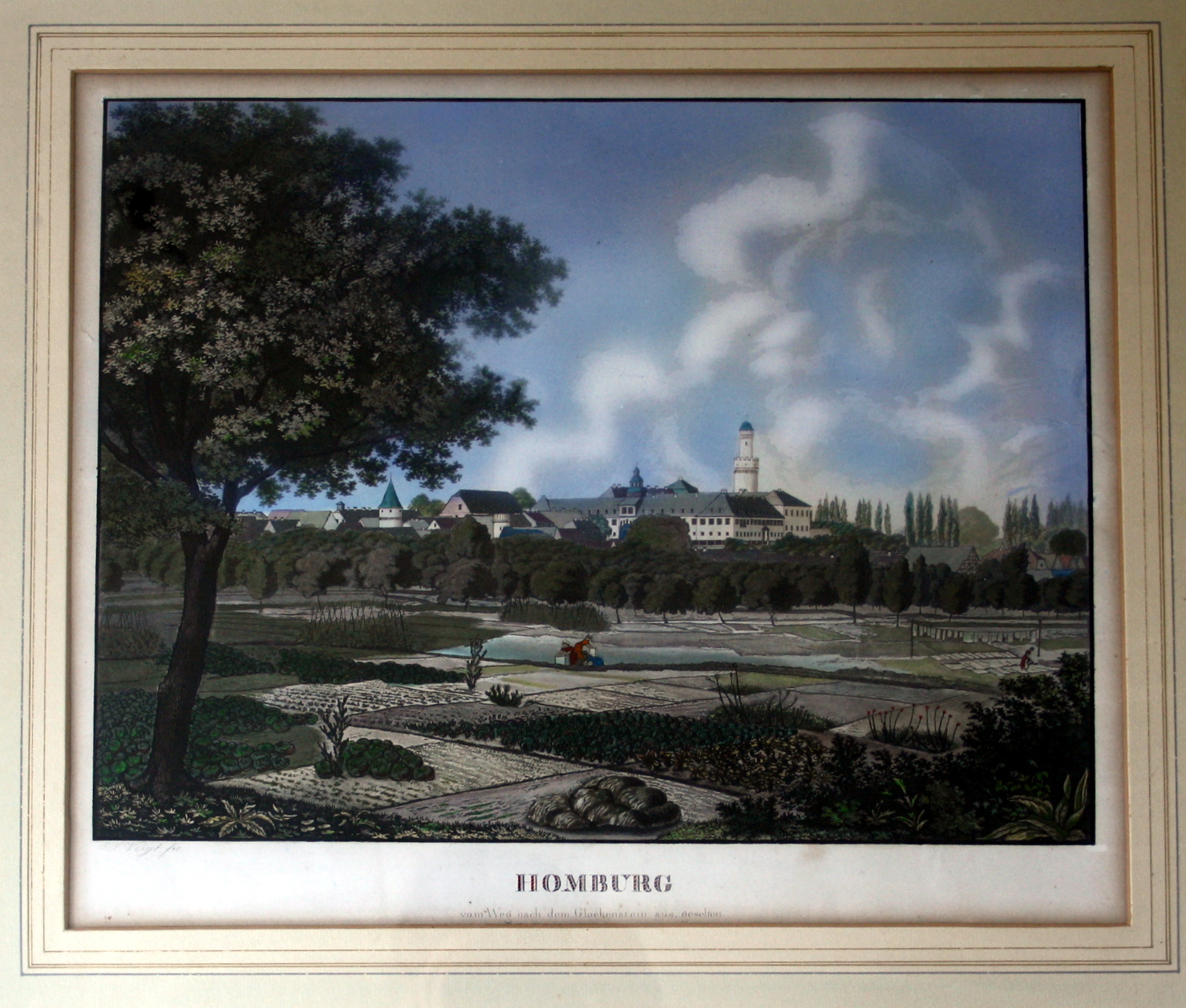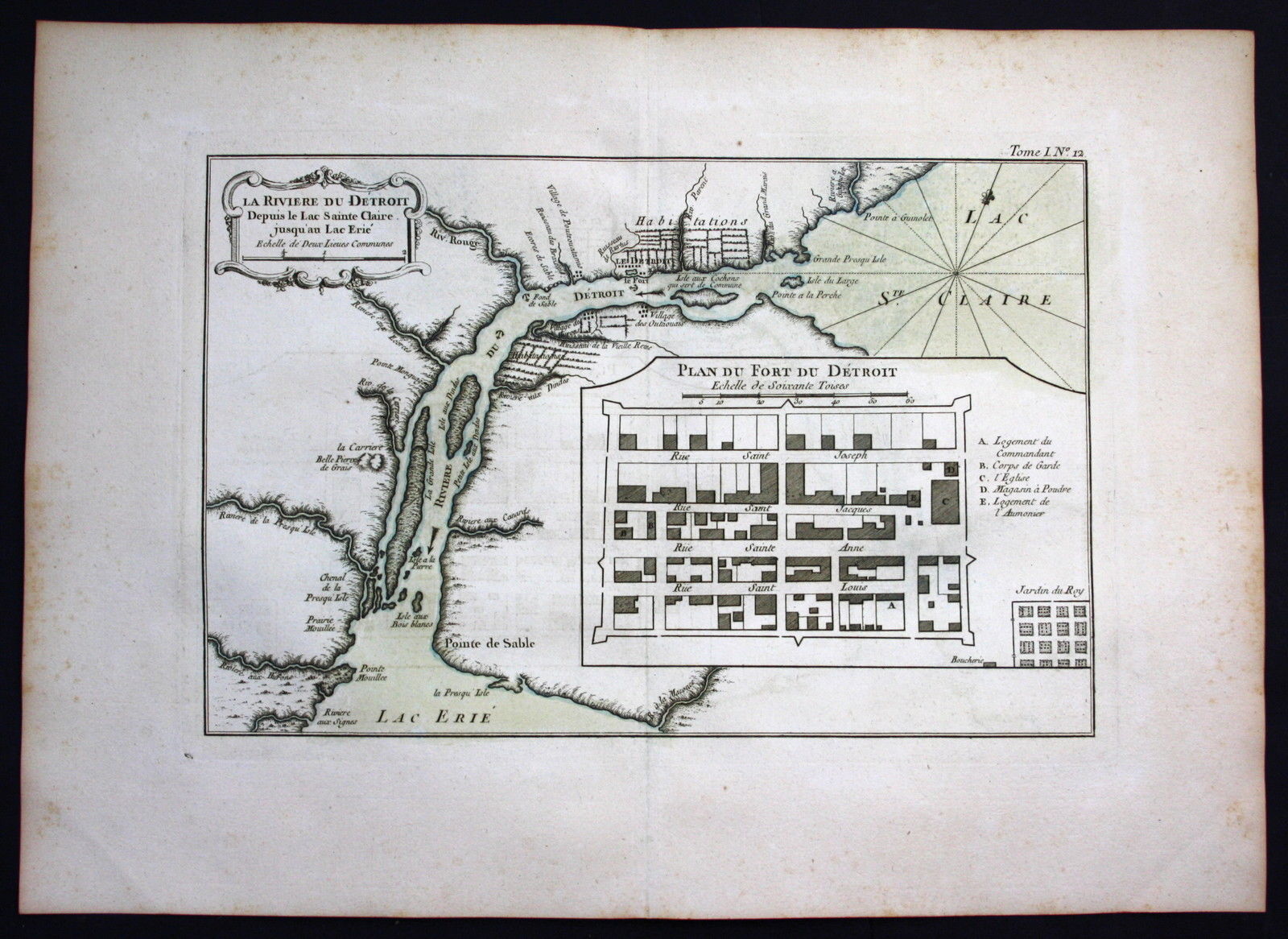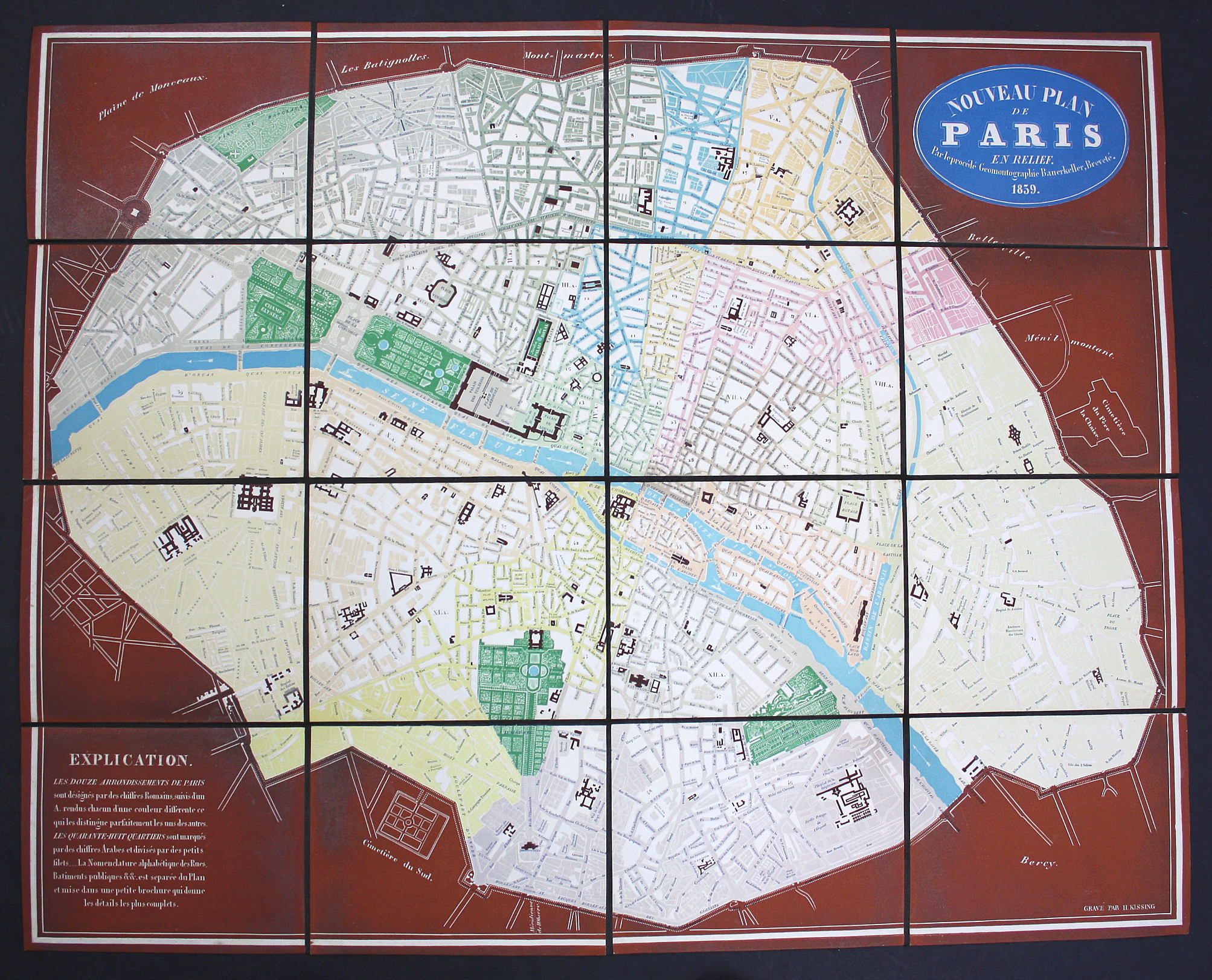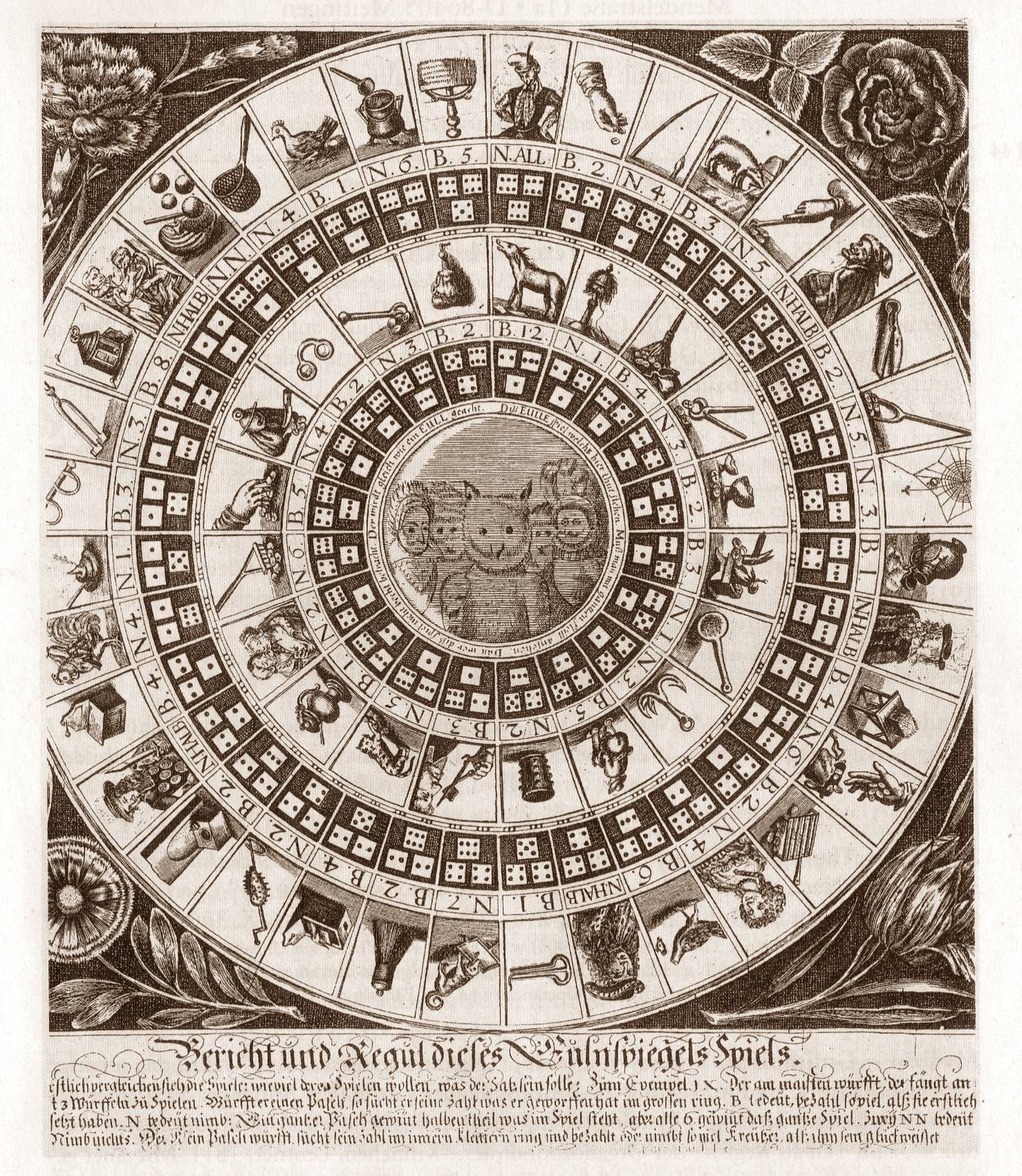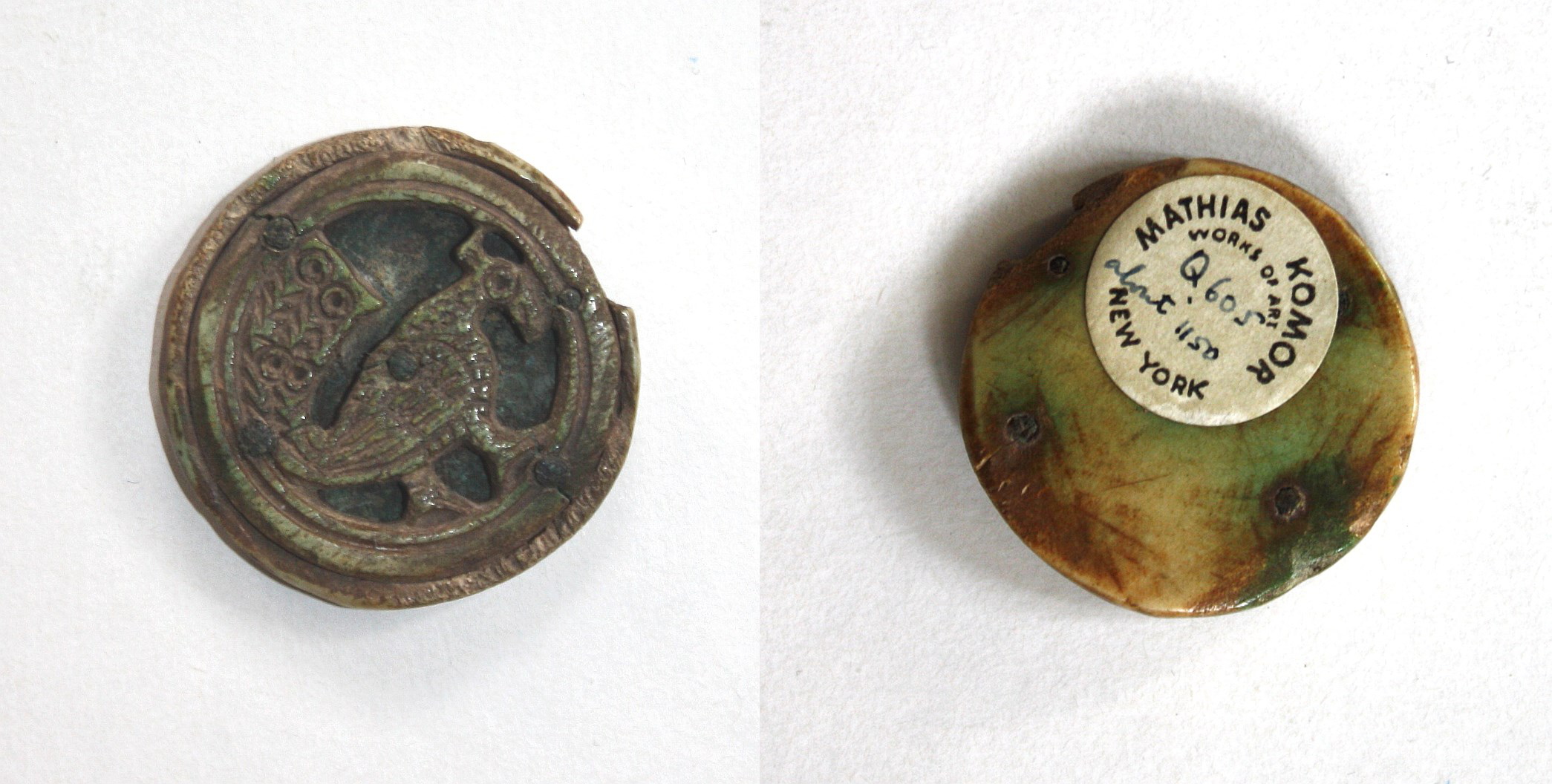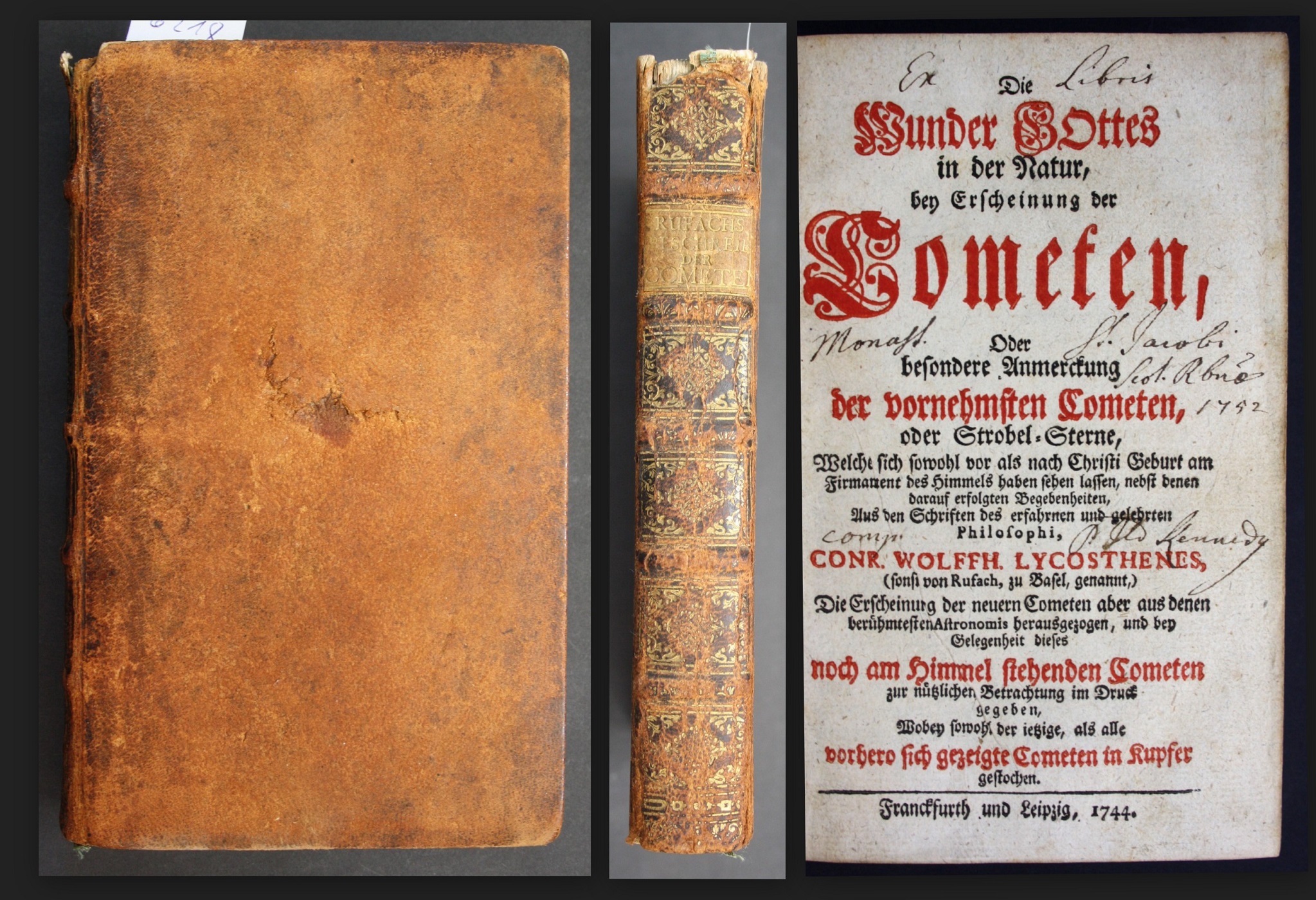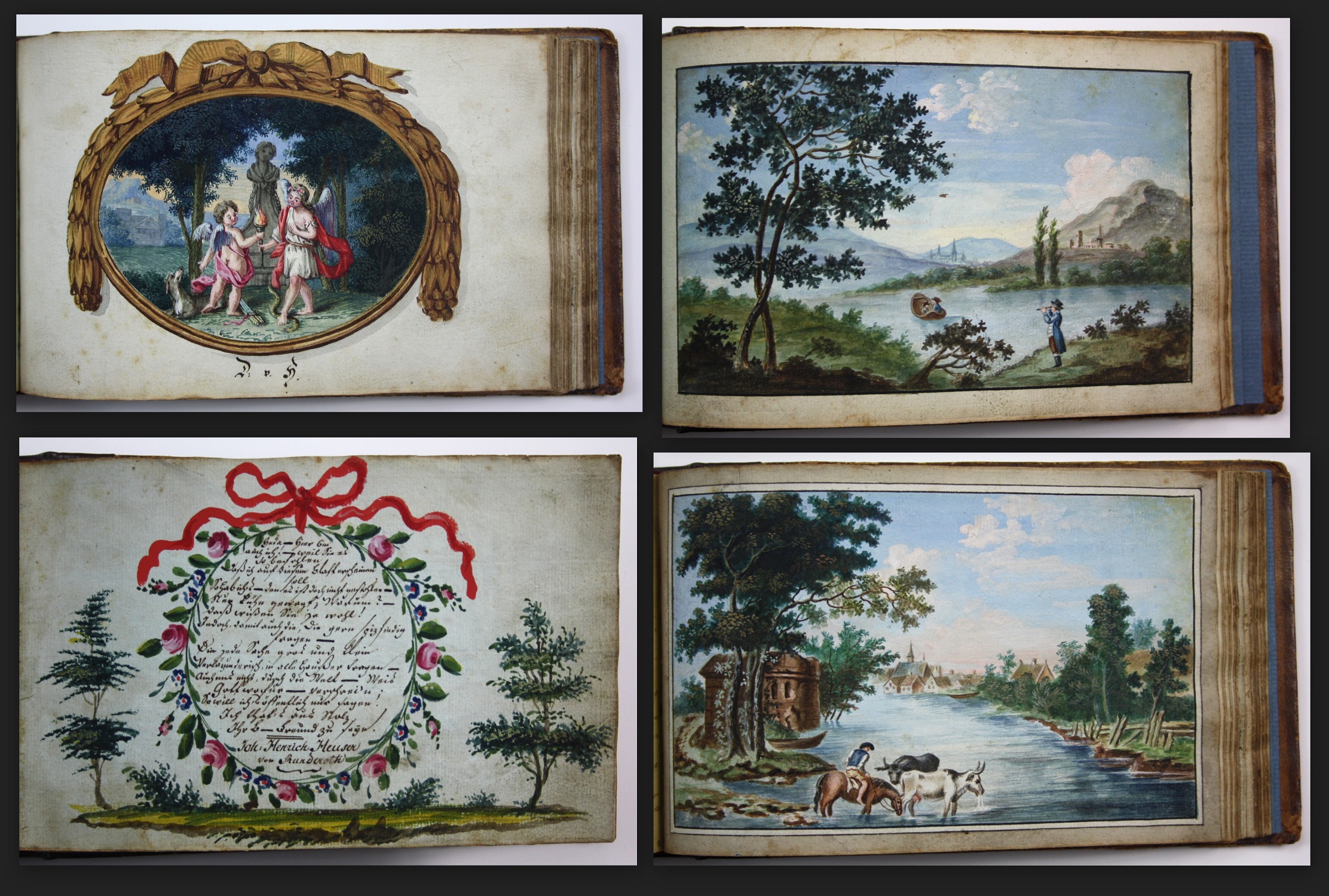Schmitz, Anselm (1831–1903) – Der Dom. (Halberstadt, 1890). Zeitgenössisches Leinen mit Lederrücken. [32,5 x 25,5 cm]. 113 Bll. Mit 113 Originalfotos auf Kartons aufgezogen.
Rücken unter Verwendung des Originals erneuert.
Anselm Schmitz war ein in Köln ansässiger Fotograf, der in der zweiten Hälfte des 19. Jahrhunderts tätig war. Sein Beitrag bestand hauptsächlich darin, wichtige architektonische Denkmäler zu fotografieren, um die Geschichte der Städte durch sie zu dokumentieren. Nach seinem Erfolg bei der Dokumentation der Stadt Köln, wurde er 1881 zum Hofphotographen ernannt. Er bekam zudem Aufträge von wichtigen Kölnern Sammlern und Kunsthistorikern und fotografierte die Sammlungen von Alexander Schnütgen und Franz Bock.
Bei der vorliegenden Fotosammlung handelt es sich höchstwahrscheinlich um eine Auftragsarbeit im Auftrag der Stadt Halberstadt.
Das Album enthält 113 Originalfotos. Die ersten 40 Fotografien dokumentieren detailliert verschiedene architektonische Aspekte des Doms im Innen- und Außenbereich: Wandmalereien, religiöse Ikonen, die architektonischen Elemente sowie die Statuen der Kuppelfassade. Der zweite Teil des Albums dokumentiert die Gegenstände aus dem Domschatz: Kleidungsstücke, Teppiche und Wandteppiche, religiöse Gegenstände, Ikonen. u.a. auch die Armreliquie, den Abraham-Engel-Teppich, den Wärmeapfel und die Tafelreliquie.
Die Sammlung des Halberstädter Doms ist einer der wertvollsten Kirchenschätze des Mittelalters. Sie besteht aus über 650 Objekten welche in der Schatzkammer der Kuppel ausgestellt sind. Bis 1936 war der Domschatz der Öffentlichkeit unzugänglich.
Während eines Luftangriffs im Zweiten Weltkrieg am 8. April 1945 wurde die Stadt Halberstadt angegriffen. Ungefähr 80% der Innensatdt von Halberstadt wurden durch die Bombenangriffe zerstört. Eines der Denkmäler, die schwer getroffen wurden, war der Halberstädter Dom. Erst 1956 fanden nach langjährigen Restaurierungsarbeiten wieder Gottesdienste im Dom statt.
Während des zweiten Weltkrieges wurden große Anstrengungen unternommen, um den Domschatz vor Zerstörung zu bewahren. Von 1941 bis 1944 wurde der Schatz schrittweise in die Altenburg-Höhle bei Quedlinburg verlegt und konnte so den Krieg überleben. Die Objekte wurden ab 1956 wieder ausgestellt, als der Dom wieder geöffnet wurde.
Dass die Fotos im Rahmen eines Dokumentationsprojekts aufgenommen wurden, zeigt die Tatsache, dass bei den meisten Objekten eine Nummer aufgeführt ist – höchstwahrscheinlich die Inventarnummer. Aus Gründen der Präzision wurden einige von ihnen neben einem Maßband fotografiert. Alle Fotos stammen aus dem Jahr 1890, wurden also fast 4 Jahrzehnte vor der ersten Ausstellung des Domschatzes gemacht. Es dürfte sich um die erste umfassende fotografische Bestandsaufnahme des Halberstädter Doms und des Domschatzes handeln.
Der Wert dieses Fotoalbums beruht nicht nur auf seiner Einzigartigkeit, sondern auch auf der Tatsache, dass die Fotos ein detailliertes Bild des Halberstädter Doms und des Domschatzes vor dem Zweiten Weltkrieg zeigen. Das Album ist zudem eines der frühesten und umfassendsten Werke musealer Sachfotografie eines der ersten großen Vertreter dieses Genres.
Extrem seltenes, wahrscheinlich einziges Exemplar, dieser wertvollen Fotosammlung.
Nicht in Worldcat, KVK usw. Keine Auktionergebnisse.
___________________________________________________________________________________
Schmitz, Anselm (1831-1903) – Der Dom. (Halberstadt, 1890). Contemporary linen with leather spine. [32,5 x 25,5 cm]. 113 cardboard-leaves. With 113 original photographs.
Restored using the original spine.
Anselm Schmitz was a Köln based photographer, active in the second half of the 19th century. His contribution was mainly in taking photographs of important architectural monuments, to document the cities‘ history through them. After his success in documenting the city of Köln through photographs, and being named „Hofphotgrapher“ in 1881, Anselm Schmitz has allegedly done some other commisioned work, photographing different important collections of art objects. It is known that he has worked on commission for Köln personalities such as the theologian and art collector Alexander Schnütgen or the art historian Franz Bock.
The present collection of photographs is most likely a work on commision on behalf of the city of Halberstadt.
The album contains 113 photographs. The first 40 photographs document, in detail, different interior and exterior architectural aspects of the dome: wall paintings, religious icons, the architectural elements and statues of the dome’s facade, the inner parts of the church. The second part of the album documents, in sequences, the different objects found in the dome’s treasure chamber: numerous objects of clerical clothing, numerous rugs and tapestries, religious objects, religious icons. Some of the most important items of the dome’s collection are photographed as well: the Armreliquiar, der Abraham-Engel-Teppich, der Wärmeapfel, der Tafelreliquiar.
The collection of the Halberstadt Dom is one of the most valuable church treasures that dates back to the Middle Ages. The collection of over 650 objects includes, among others, 12th century tapestries, religious objects of Byzantine origin, jewelery, sculptures, as well as items of clerical clothing. These objects are now displayed in the dome’s treasure chamber, but it is important to know that, until they were exhibited in 1936, they had not been available to the public. This further points to the direction that the photogaphs taken by Schmitz were probably on commision of the city of Halberstadt, otherwise he wouldn’t have had access to the collection.
During an air raid in WW2, on 8. April 1945, the city of Halberstadt has been attacked. Approximately 80% of this historically significant city that dates back to the Middle Ages has been destroyed by the bombing. One of the monuments that were severely hit was the city’s dome. Even though the city has tried to restore the damages left behind by the bombing of the city, the dome couldn’t not be used for church services until 1956.
Knowing the value and importance of the objects in the dome’s collections, great efforts have been made to keep the collection safe during WW2. From 1941 to 1944 the collection has progressively been moved to Altenburg-Höhle bei Quedlinburg, and has thus managed to survive the war. The objects have been exhibited again starting with 1956, when the dome reopened.
That the photographs were taken as part of a documentation project is proven by the fact that most objects or series of objects have a number listed beside them – most likely the inventory number. Furthermore, for accuracy, some of them are photographed alongside a measuring tape. The pictures are dated 1890, almost 4 decades before the first exhibition of the dome’s treasures, which means that this attempt was probably the first documented photographic representations of the items found in the treasure chamber.
The value of this photo album resides not only in its unicity but also in the fact that the photos managed to capture an image of the Halberstadt Dome and its collection in its entirety, before the bomb attack of the WW2, while also documenting the dome’s chamber of treasure. This is also one of the most early works of musealer Sachfotografie, by one of the first representative photographers of the genre.
Extremely rare, probably unique, copy of this most valuable photo documentation of one of the most important German Domes from the Middle Ages.
Not in Worldcat, KVK etc. No auction records.
sold/verkauft






